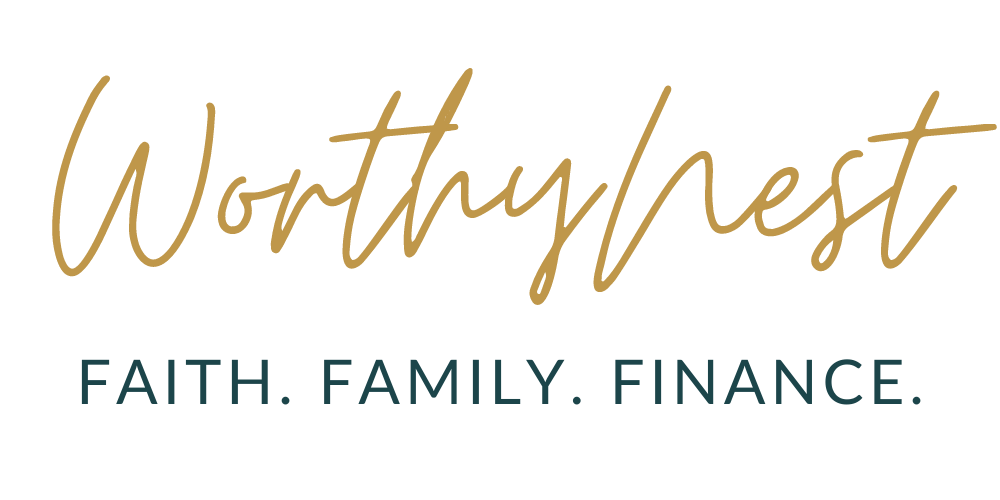Money Makeover Part 5: Yes
Congratulations! You’ve reached the end of the five-part Money Makeover blog series to build wealth as a family. Let’s begin by summarizing the key takeaways from each week, and then we will discuss today’s theme.
To recap, this is the MONEY acronym:
Mindset
Origin
Needs
Experiences
Yes!
Part 1: Mindset
Moving past fear towards a new beginning involves a shift of perspective. An abundance mindset helps you create meaningful experiences, pursue interesting opportunities, and find happiness despite temporary setbacks. When you foster an abundance mentality, you see the potential to move beyond present circumstances and have hope in a brighter future.
Here are some strategies to shift away from scarcity towards an abundance mindset:
Practice gratitude
Cultivate and share your unique gifts
Recognize the unlimited possibilities with broad vision
Focus on strengths and what is going well
Don’t stay trapped as a victim. Positive thinking is the foundation for goal achievement.
Part 2: Origin
Each origin story has two parts: 1) the history of the person leading up to the transformation, and 2) the decision to forge a new future.
What do you remember as a child or early adult that shaped your view of money? Are there any negative or toxic money beliefs you carry today?
Maybe your biggest concern is credit card or student loan debt. Perhaps you want to give more to charitable causes but don’t know how it will fit in your family’s budget. Or maybe you feel disorganized, like you’re always starting over from scratch financially.
Reflect on the past, but don’t let negative money stories shape your future. Identify the gap between where you are now and where you want to be financially.
Part 3: Needs
Maslow’s Hierarchy of Needs shows basic physiological and safety needs for survival at the base of the pyramid. Examples include food, water, warmth, rest, and security. This is where we spend most of our money – on clothing, housing, utilities, food, and transportation.
However, there is a lot of variance. It is within the physiological needs that wants actually emerge.
You could go to the grocery store and eat every meal at home, or you may almost exclusively go out to eat (likely something in between). “Shelter” could be a modest 1,500 square foot home or lavish 3,000 square foot home. The bigger the house, the higher real estate taxes and utility bills. You need a roof over your head, but you want a spacious house with top-of-the line appliances, renovated living areas, and a finished basement.
Each financial decision has a trade-off. Spending an extra hundred dollars now means you are not putting that money into savings or towards charitable giving. Budgeting, in its very simplest form, is allocating the money you earn. The next time you are tempted to purchase something, ask “Is this a want or a need?”
Part 4: Experiences
How do you stay true to family values when society preaches hyper-consumption?
Dr. Elizabeth Dunn, an associate professor of psychology and co-author of Happy Money , studies the relationship between money and happiness. She finds that happiness levels remain consistent once annual household income reaches $75,000 or more. Her research also indicates that you are better off spending money on experiences rather than material items.
If your reward for a job well done is always a new pair of shoes, your cash will deplete fast. Instead, brainstorm a list of experiences for low or no cost that will reward your hard work. Going to Starbucks, taking a bubble bath, and binge-watching your favorite TV show are just a few examples of affordable, celebratory events.
Better yet, include each family member in the experience. Weather permitting, take walks or ride bikes as a family. Consider sledding outside or playing a board game indoors during winter weather. Create meaningful experiences that your kids will fondly remember when they are adults.
Week 5: Yes!
You have the foundation. Now, it is time to say “Yes” to …
Positivity
A brighter financial future
Peace of mind
Frugality
Discipline
Accountability
Family values
Spending decisions that align with those values
Short- and long-term savings goals
Generosity
Sharing your gifts
Living purposefully
You are in the driver’s seat.
You get to decide which attitudes and beliefs about money stay, and which ones go.
Your daily habits strongly influence goal achievement or failure.
You make the final call on how much money goes towards savings, debt reduction, charitable giving, and living expenses.
It’s your legacy.
At WorthyNest®, we guide parents through important financial decisions using a values-based approach. Contact us to explore a one-on-one relationship.

